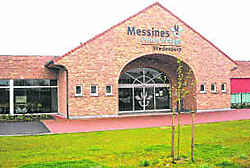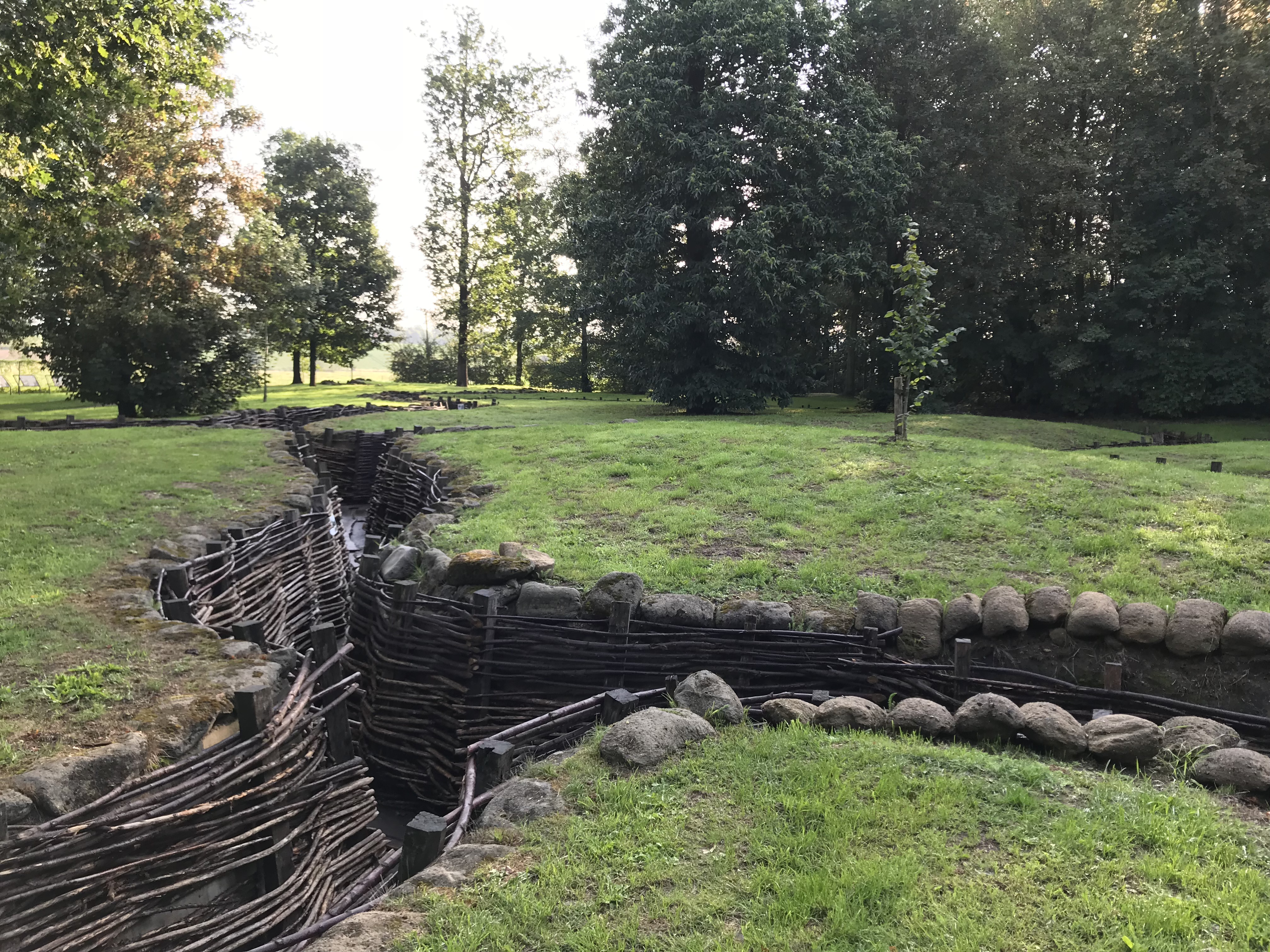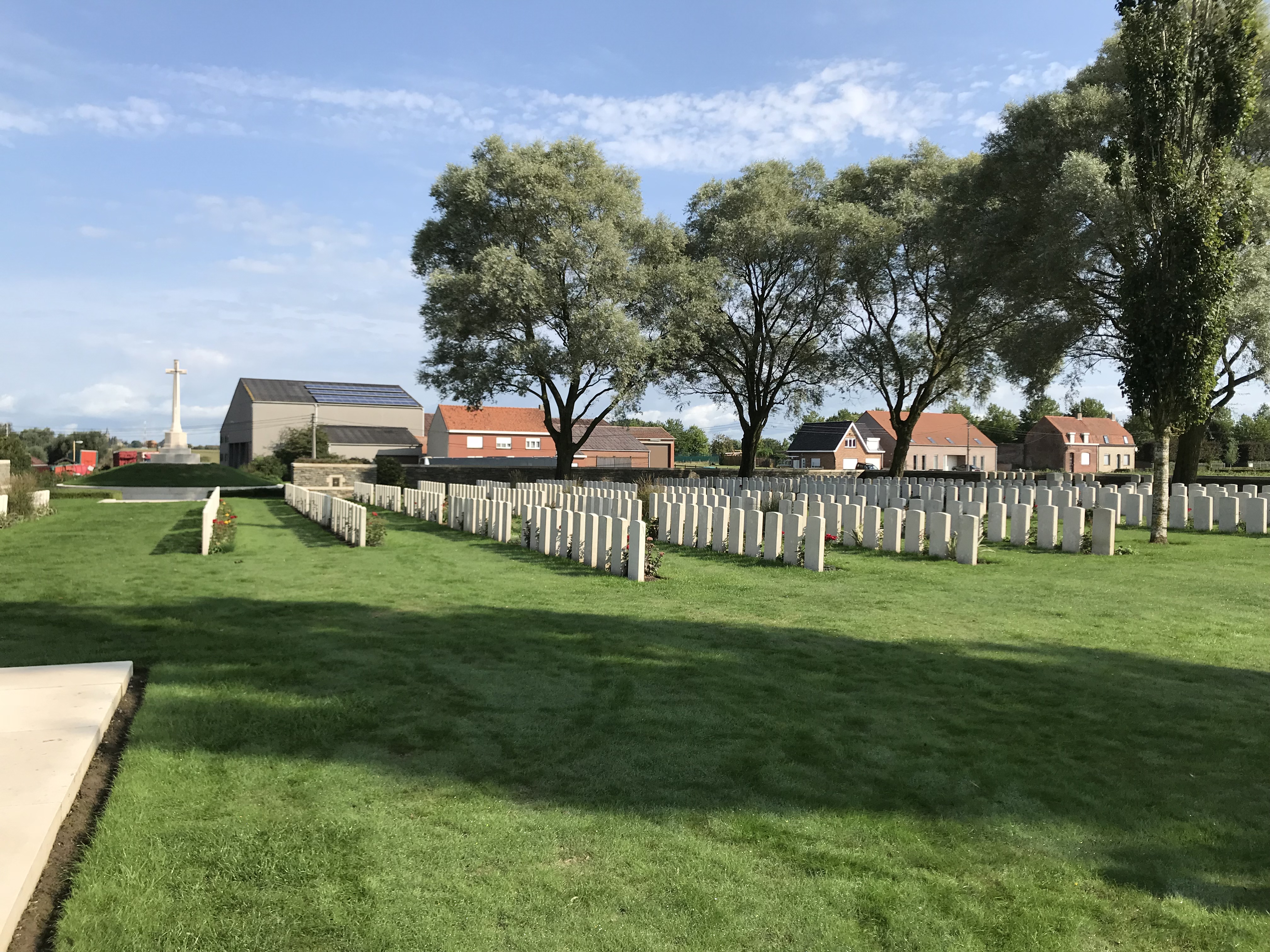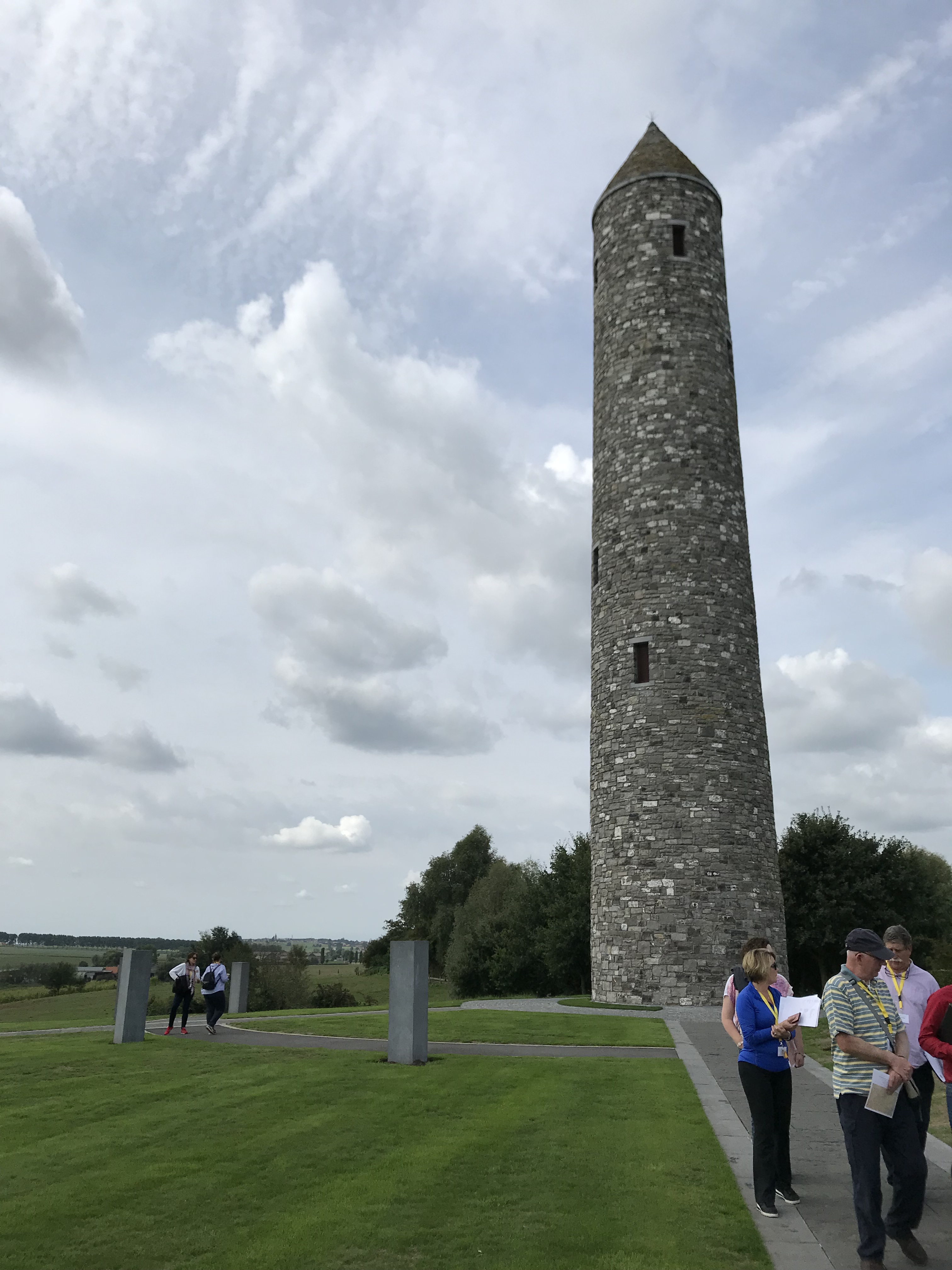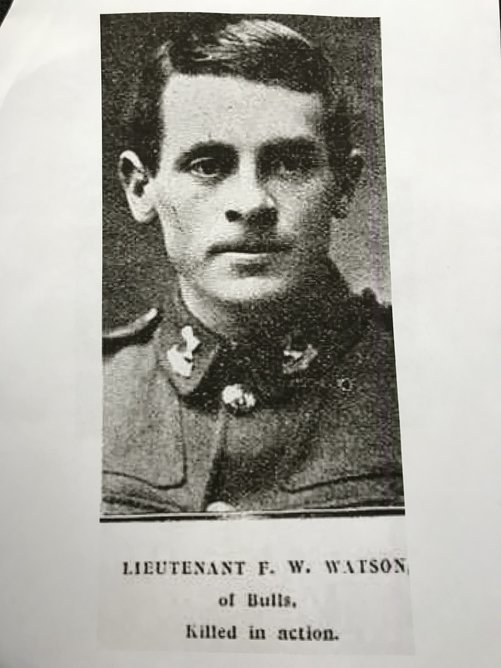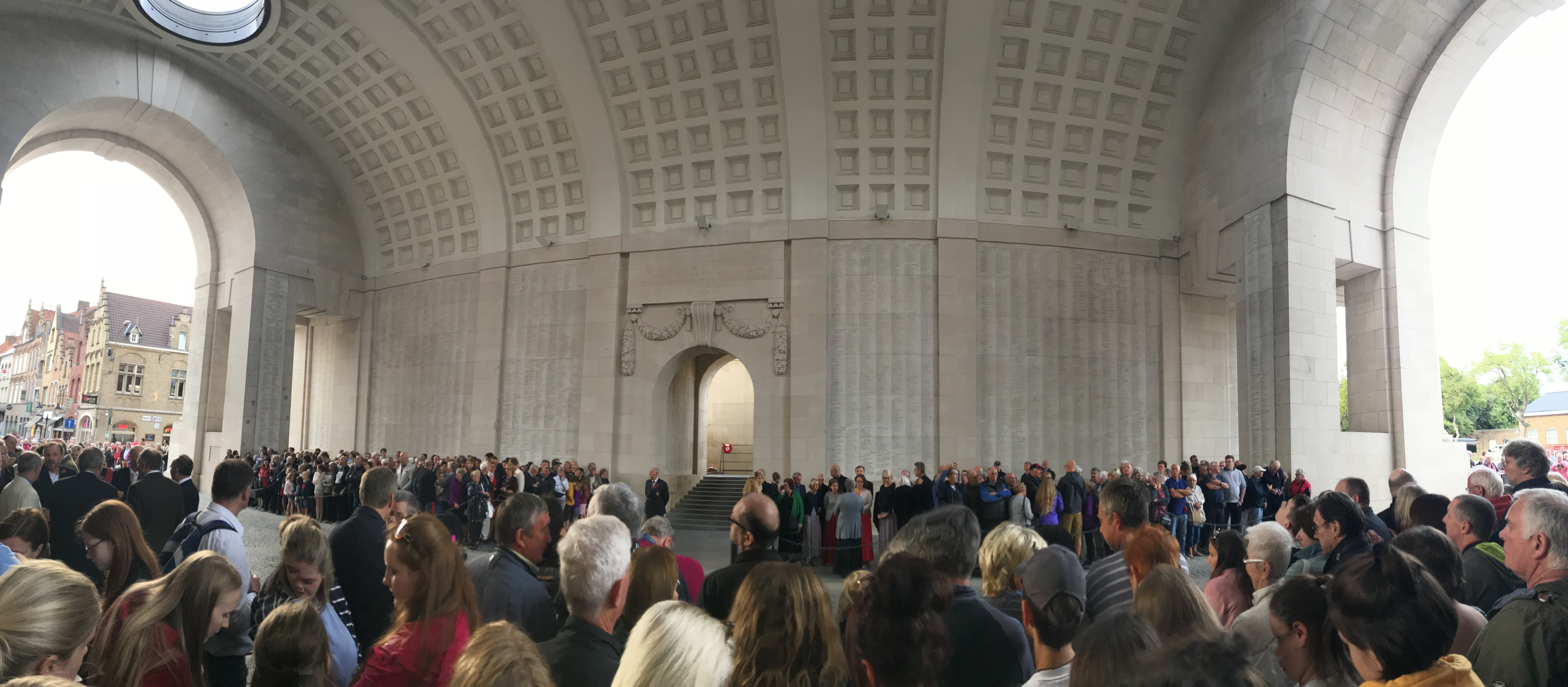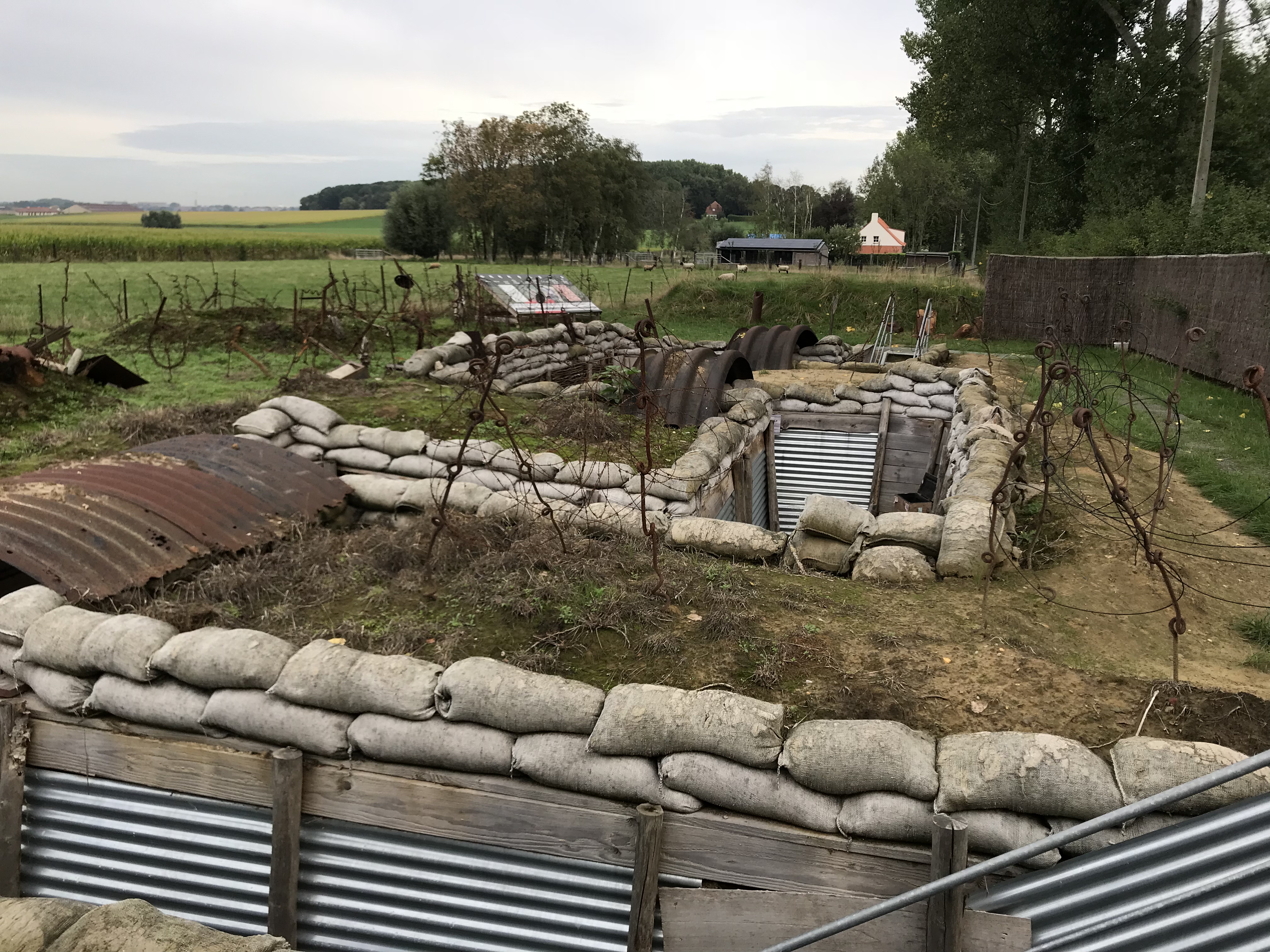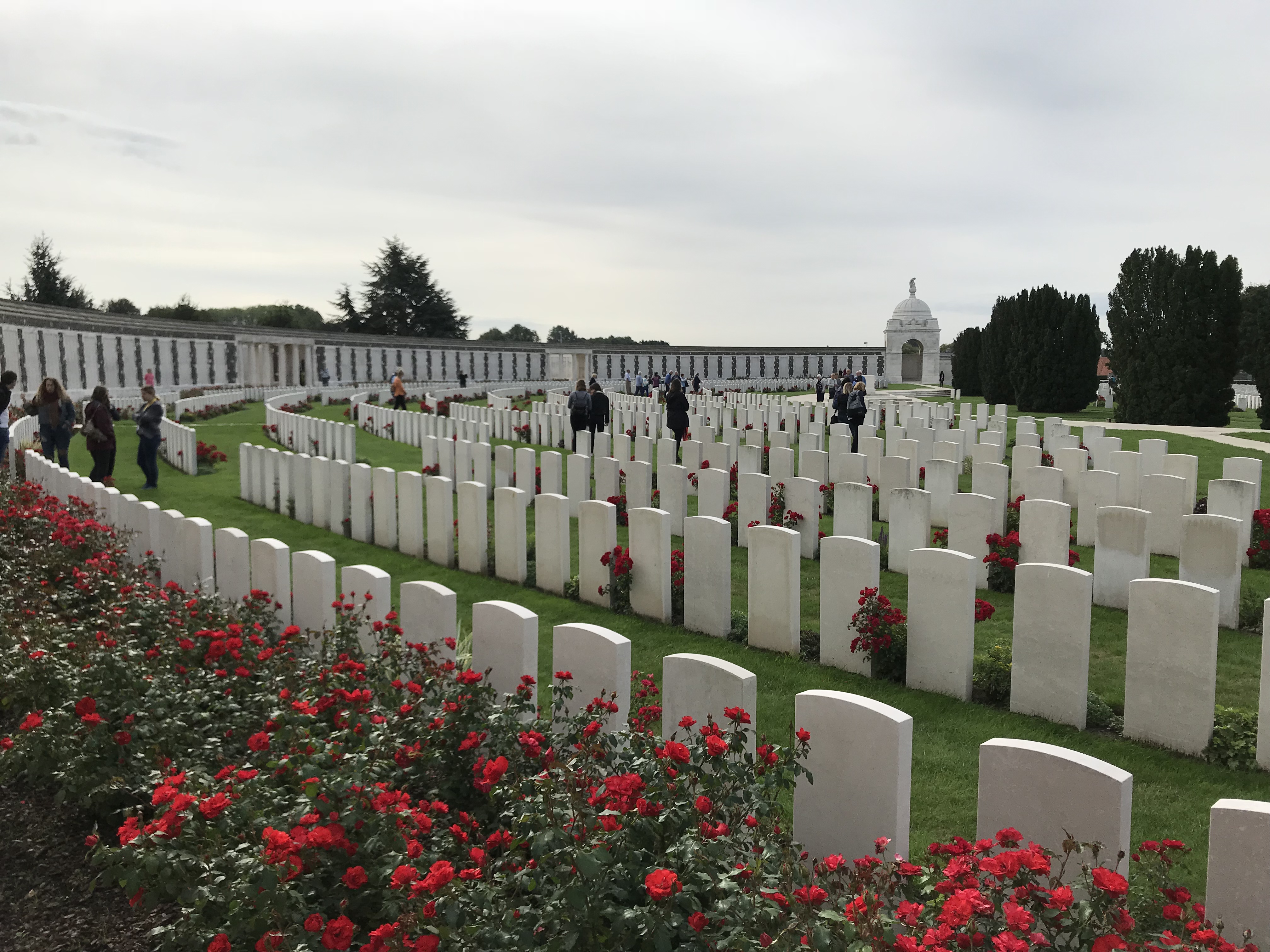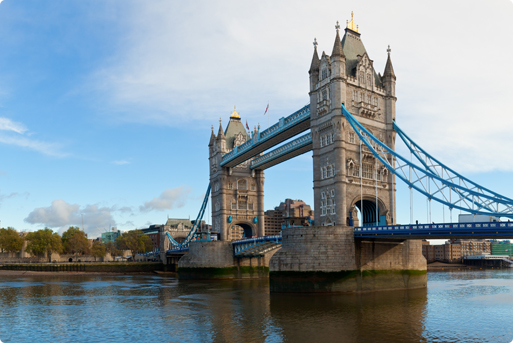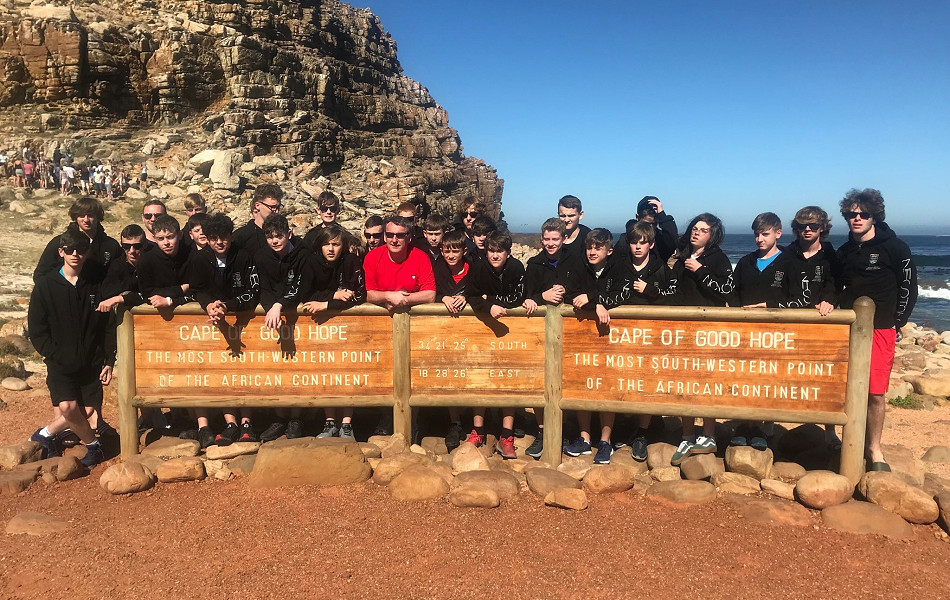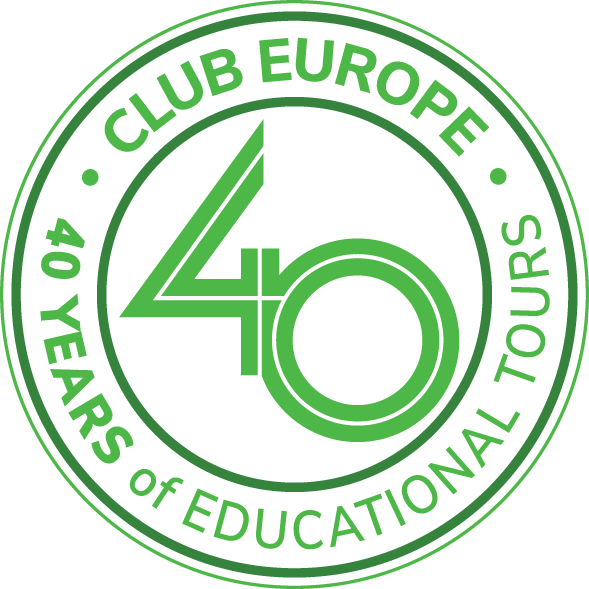Tel: +44 208 772 6446
-
- About us
- Club Europe's Experience
- What makes us different?
- Cross-curricular trips to Europe
- Meet the team
- Frequently Asked Questions
- Multi-destination trips
- Our international partners
- My Club Europe
- Safety and Support
- Support from a family-run company
- School Travel Forum
- Safety management and risk assessments
- Travel advice and insurance
- Club Europe
- Blog
- Contact us
- Booking conditions
- Educational Tours UK schools




